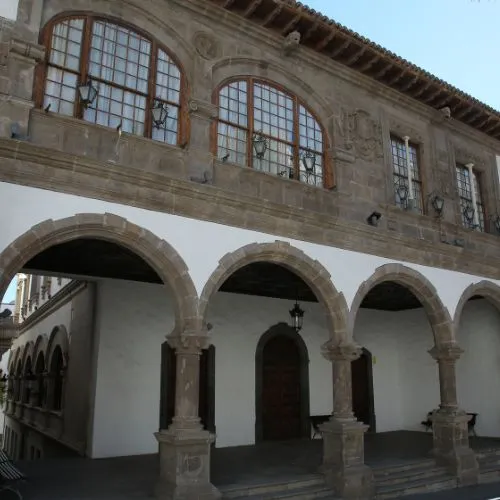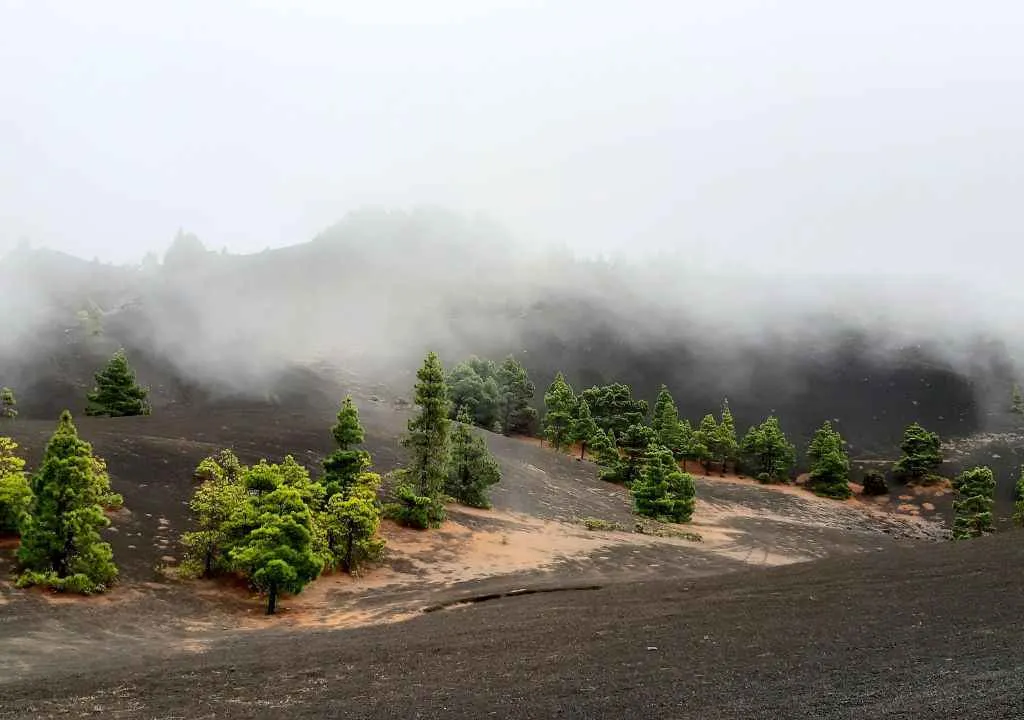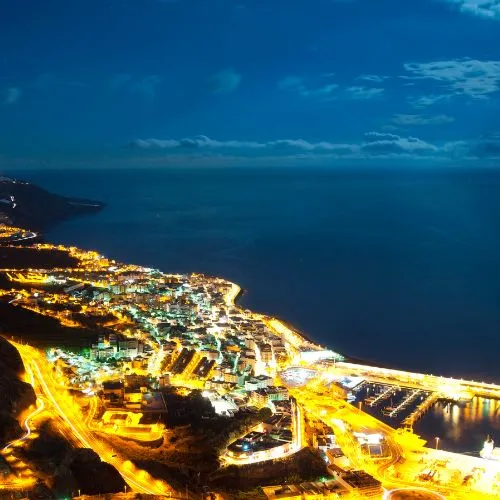History of La Palma: Dive into the rich tapestry of events and unique cultural diversity that define La Palma Island. Long before the colonizers arrived, the ancient inhabitants known as Benahoaritas or Awaras, graced the island. In the 14th and 15th centuries, La Palma was called Benahoare (“my land”), had 12 cantons and around 4,000 people.
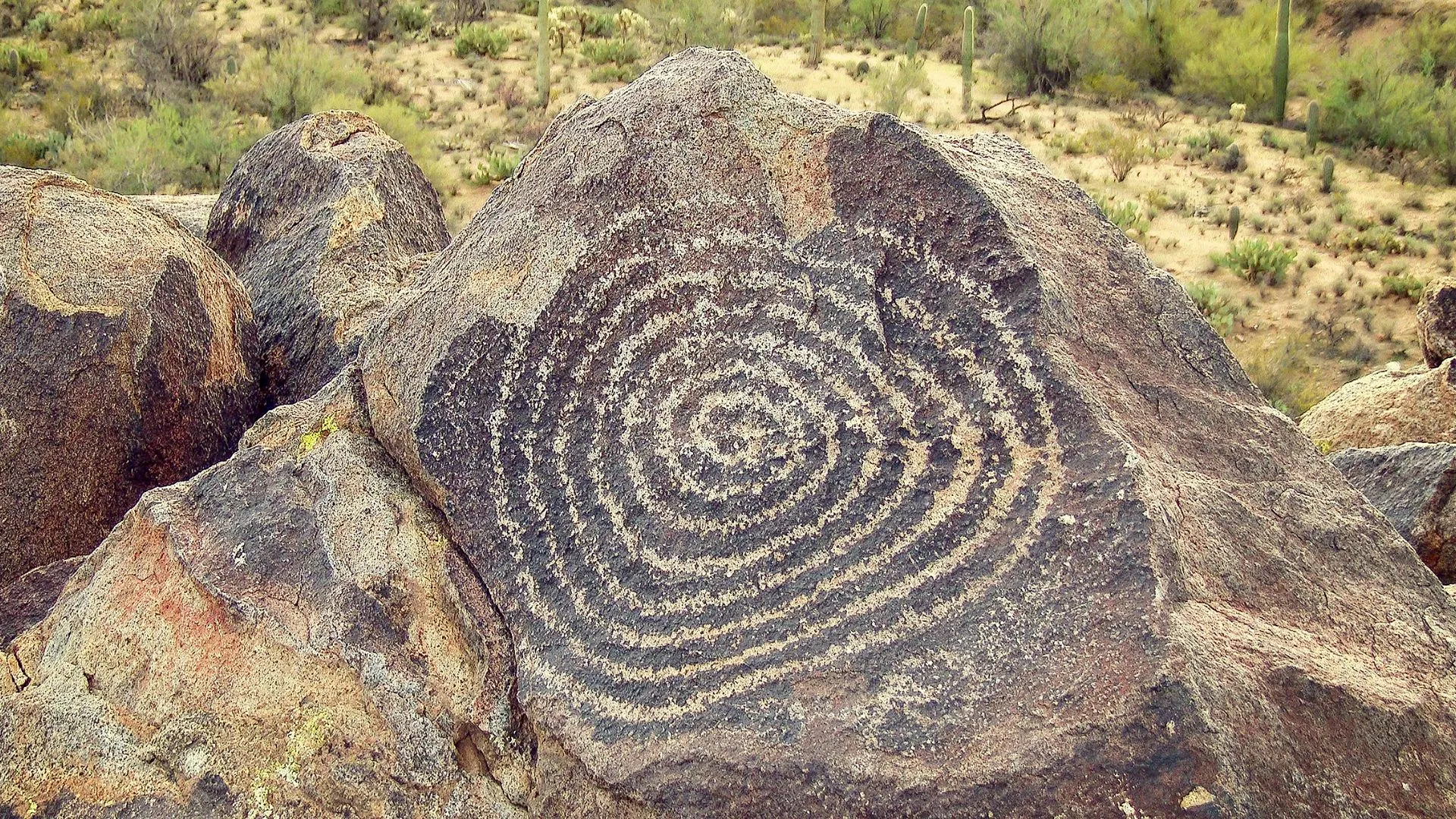
History of La Palma, Canary Islands: A journey from the Benahoaritas to today’s flourishing tourism
The Benahoaritas resided in caves and sustained themselves by rearing goats, sheep, and pigs, and by gathering fruits and roots. They produced “gofio”, a kind of flour made from fern and amagante roots, which they toasted and ground.
It’s believed that these aboriginals arrived from Northwest Africa, though it’s unknown if they came voluntarily or were driven out by invaders like the Phoenicians or Romans. In fact, Phoenician sailors were familiar with the Canary Islands. Genoese sailor Lancelotto Malocello reached La Palma in the 13th century, but it wasn’t conquered until 1493.
The conquest began with the Castilians landing in Tazacorte on September 29, 1492. It appears conquerors used agreements with the island’s aboriginals, which explains the little resistance they faced.
In 1493, Spanish conqueror Alfonso Fernández de Lugo arrived and named the entire territory “San Miguel de La Palma”.
The transformation of La Palma in the 16th century: settlers, agriculture, and trade
From the 16th century, San Miguel de La Palma drew settlers from various backgrounds, such as Spanish, Portuguese, Genoese, French, and Flemish. They integrated with the indigenous survivors post-conquest. The island’s economy revolved around agriculture, mainly cultivating and trading export crops like sugarcane, and later wine.
With the arrival of Castilian and foreign settlers, the island underwent a major transformation. Settlers distributed land and water resources, which encouraged the foundation of churches, settlements, and new villages. At the same time, they cleared forests and divided the land for farming. They also built irrigation canals and mills, essential for agricultural and economic growth. This period became one of the most prosperous in the island’s history, driven by the expansion of trade with other regions.
→ The Benahoarita Museum in Los Llanos de Aridane is a must-visit for history enthusiasts, offering deep insights into La Palma’s pre-Hispanic culture and life.
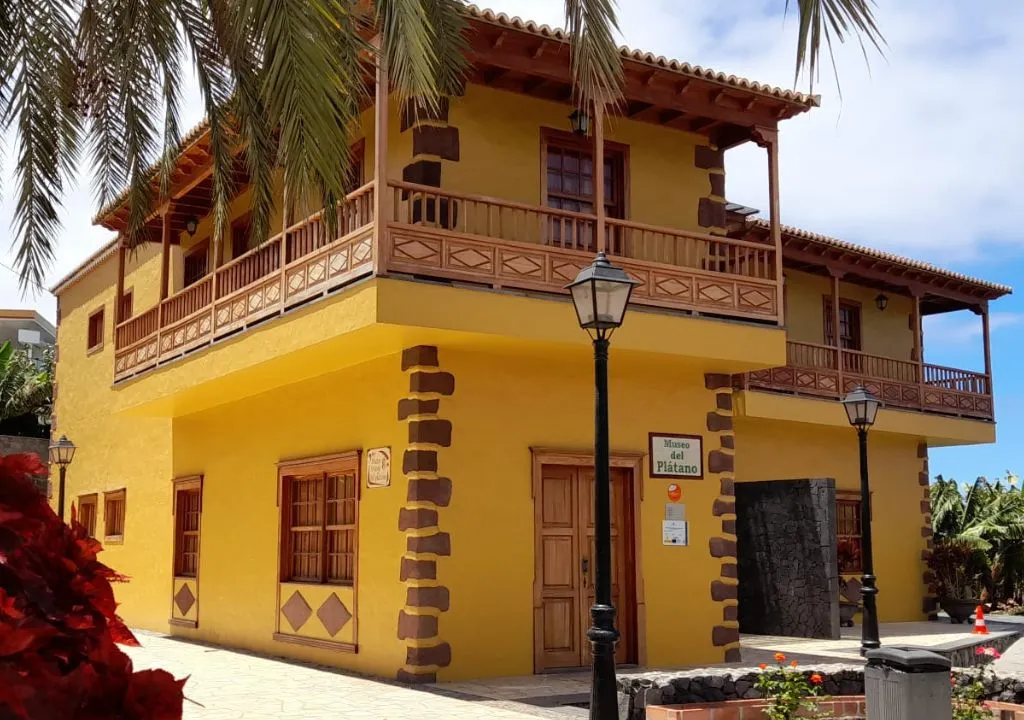
All museums and visitor centers
Discover museums and visitor centers on La Palma to experience the rich history and traditions of the island that have significantly shaped life here.
History of La Palma Island: Commercial peak with America and challenges during 16th-century piracy
In the 16th century, La Palma was granted the privilege to trade with America, turning its port, Santa Cruz de La Palma, into one of the Spanish Empire’s most crucial. This prosperity attracted pirates like François Le Clerc, who looted and burned the city in 1553. The island rebuilt and fortified itself, repelling an attack from Francis Drake in 1585.
Life on La Palma remained peaceful post the pirate threat. The economy rebounded after each crisis due to its fertile lands, transitioning from sugarcane and vineyards to producing La Palma honey, tobacco, and silk. In 1830, cochineal cultivation was introduced but declined with the advent of synthetic dyes in 1880. Subsequently, banana cultivation was introduced.


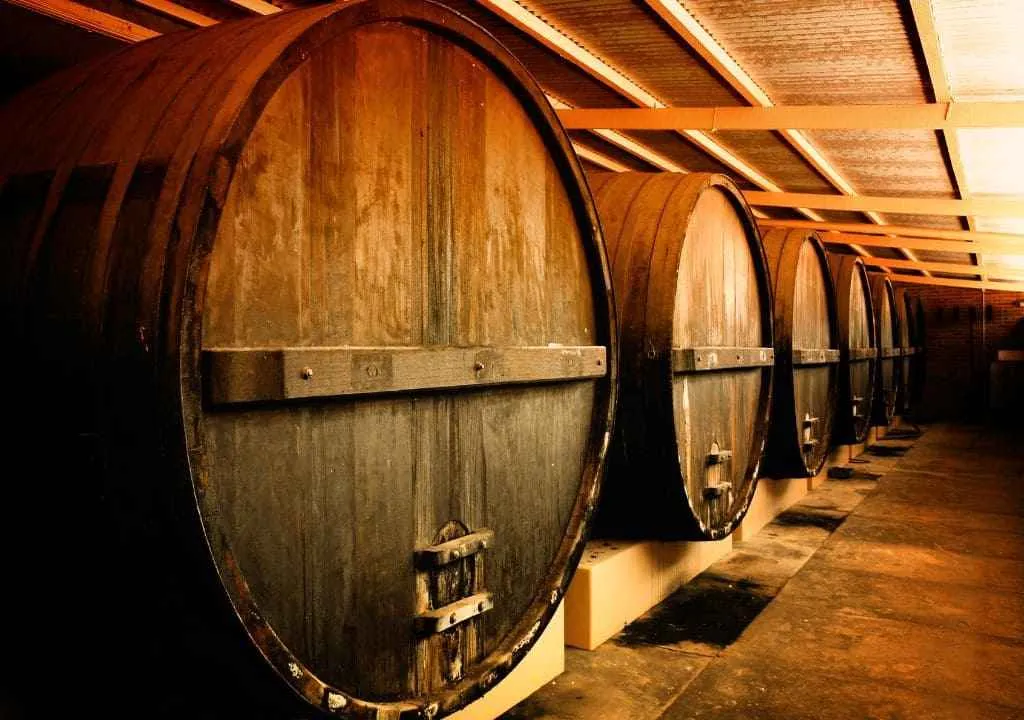
The Red Week and the Post-War Period: Repression, Hardship, and Emigration
At the start of the Civil War, La Palma supported the Republic during the Red Week (July 18–25, 1936), before the rebels arrived.
Initially, things remained calm on La Palma, and the laws of the Republic were still respected. However, General Francisco Franco gave orders to start the military coup in the Canary Islands as well.
A commander named Baltasar Gómez Navarro arrived on La Palma with just 25 soldiers, not enough to take control of the island. Supporters of the Republic reacted quickly and prevented any surprise action.
At that time, the government delegate on the island was Tomás Yanes Rodríguez, who tried to maintain order. When the uprising reached La Palma, people formed militias, but the government blocked them from seizing the base to avoid conflict.
On July 25, a warship named Canalejas arrived. The government chose not to resist, ordered the militias to disband, and hoped the Spanish Republic would restore order.
The difficult years after the Civil War
The period after the war, from 1939 to the late 1950s, was marked by political repression, food shortages, and corruption under Franco’s regime. During these hard times, many Canarians emigrated to Venezuela, often illegally, seeking to escape poverty and find a better life.
Although the war did not reach the Canary Islands directly, La Palma, being isolated, suffered the economic consequences of the conflict. People were often forced to survive mainly on gofio and bananas.
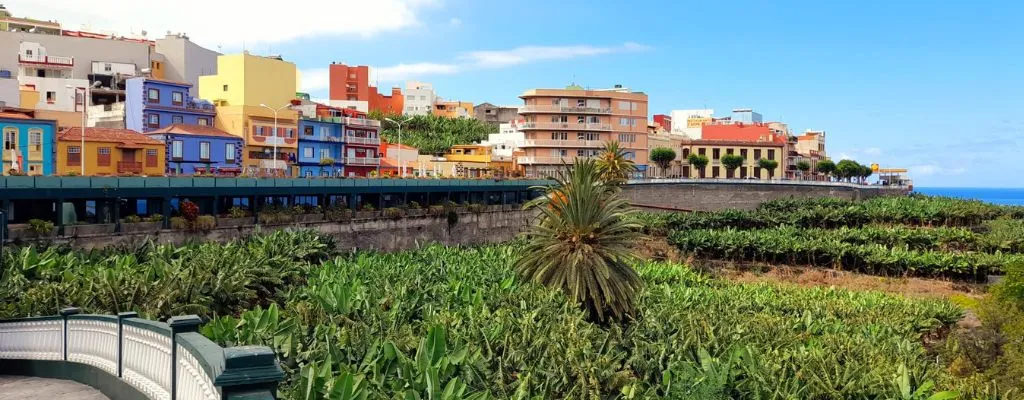
La Palma: Evolution and prosperity in the era of tourism and economic diversification
In 1950, authorities built La Palma’s first airport in Breña Alta, marking a key milestone in the island’s connectivity. In the 1960s, developers began building the first hotels and improving infrastructure to welcome tourists. This led to a significant increase in visitor numbers and the development of the island’s tourism economy.
At the same time, people revitalized banana exports and built roads and irrigation canals to carry water from mountain streams to farmland. The most notable project of the time was the construction of the summit road in 1970, which still today connects Santa Cruz de La Palma and Los Llanos de Aridane through a tunnel that crosses the island’s mountain range, reducing travel time.
With the arrival of democracy and the construction of the new La Palma airport in Mazo, the island’s economy, which had long depended on banana agriculture, began to diversify, with tourism becoming increasingly important.

